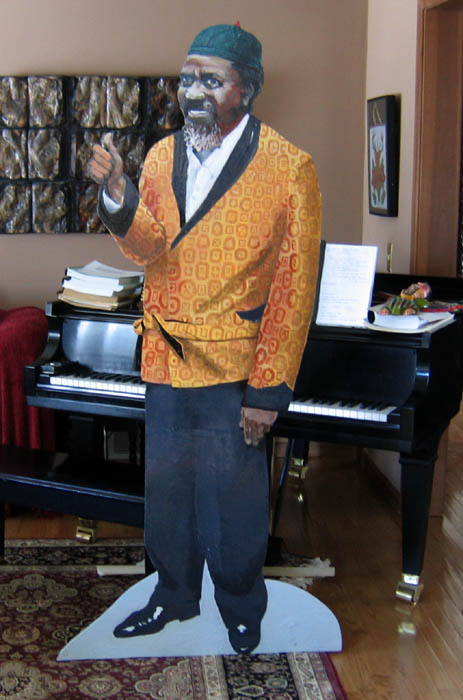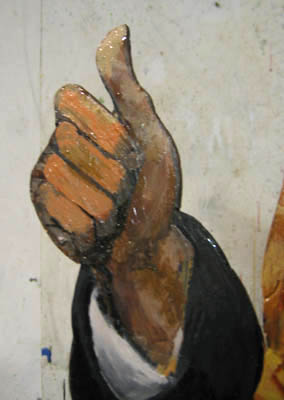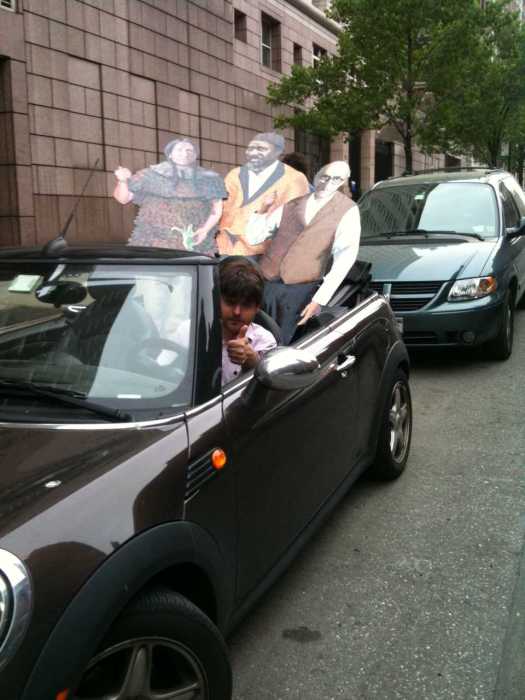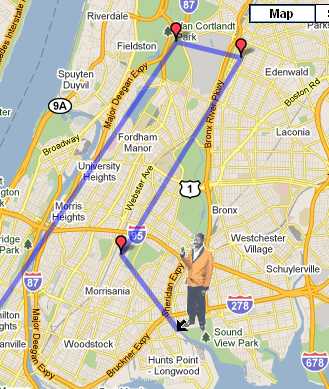Thelonious
Sphere Monk
Thelonious Sphere Monk (1917-1982) is recognized as one of the most
influential figures in the history of jazz. He was one of the
architects of bebop and his impact as a composer and pianist has had a
profound influence on every genre of music.
Monk was born on October 10, 1917 in Rocky Mount, North Carolina, but
his parents, Barbara Batts and Thelonious Monk, soon moved the family
to New York City. Monk began piano lessons as a young child and by the
age of 13 he had won the weekly amateur contest at the Apollo Theater
so many times that he was barred from entering. At the age of 19, Monk
joined the house band at Minton's Playhouse in Harlem, where along with
Charlie Parker, Dizzy Gillespie, and a handful of other players, he
developed the style of jazz that came to be known as bebop.
Monk's
compositions, among them "Round Midnight," were the canvasses upon
which these legendary soloists expressed their musical ideas.
In 1947, Monk made his first recordings as a leader for Blue Note.
These albums are some of the earliest documents of his unique
compositional and improvisational style, both of which employed unusual
repetition of phrases, an offbeat use of space, and joyfully dissonant
sounds. That same year, he married his longtime love Nellie Smith and
they later had two children, Thelonious, Jr. and Barbara (1954-1984).
In the decade that followed, Monk played on recordings with Miles
Davis, Charlie Parker, and Sonny Rollins and recorded as a leader for
Prestige Records and later for Riverside Records.
Brilliant Corners
and
Thelonious Monk
with John Coltrane were two of the albums from this
period that brought Monk international attention as a pianist and
composer.
In 1957, the Thelonious Monk Quartet, which included John Coltrane,
began a regular gig at the Five Spot. The group's performances were
hugely successful and received the highest critical praise. Over the
next few years, Monk toured the United States and Europe and made some
of his most influential recordings.
In 1964, Monk appeared on the cover
of Time magazine, an honor that has been bestowed on only three other
jazz musicians. By this time, Monk was a favorite at jazz festivals
around the world, where he performed with his quartet, which included
longtime associate Charlie Rouse. In the early '70s, he discontinued
touring and recording and appeared only on rare occasions at Lincoln
Center, Carnegie Hall, and the Newport Jazz Festival.
Thelonious Sphere Monk passed away on February 17, 1982. His more than
70 compositions are classics that continue to inspire artists in all
genres of music. During his lifetime, Monk received numerous awards and
he continues to be honored posthumously. The Smithsonian Institution
has immortalized Monk's work with an archive of his music. In addition,
the U.S. Postal Service issued a stamp in his honor. A feature
documentary on Monk's life,
Straight,
No Chaser, was released to
critical acclaim.
The Thelonious Monk Institute of Jazz was founded to
honor Monk by preserving the music to which he dedicated his life.
Monk's integrity, originality, and unique approach set a standard that
is a shining example for all who strive for musical excellence.
The above biographical sketch is from the
Thelonious Monk
Institute of Jazz.
The definitive biography of Monk:
Thelonious Monk: the Life and
Times of an American Original by Robin D. G. . Kelly






